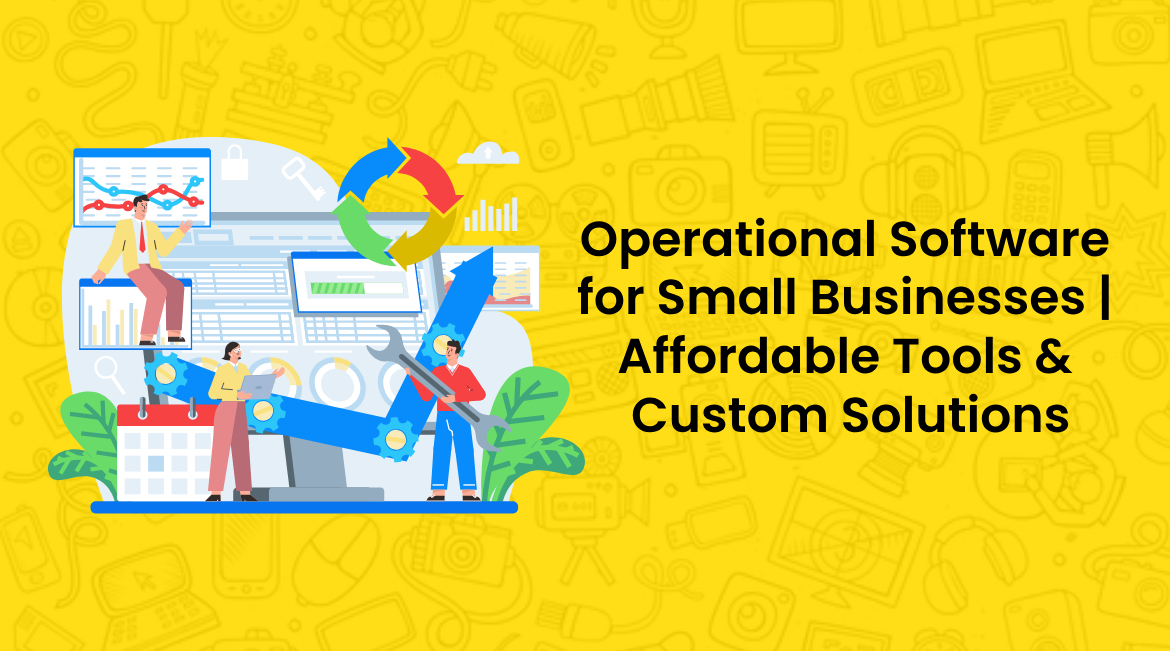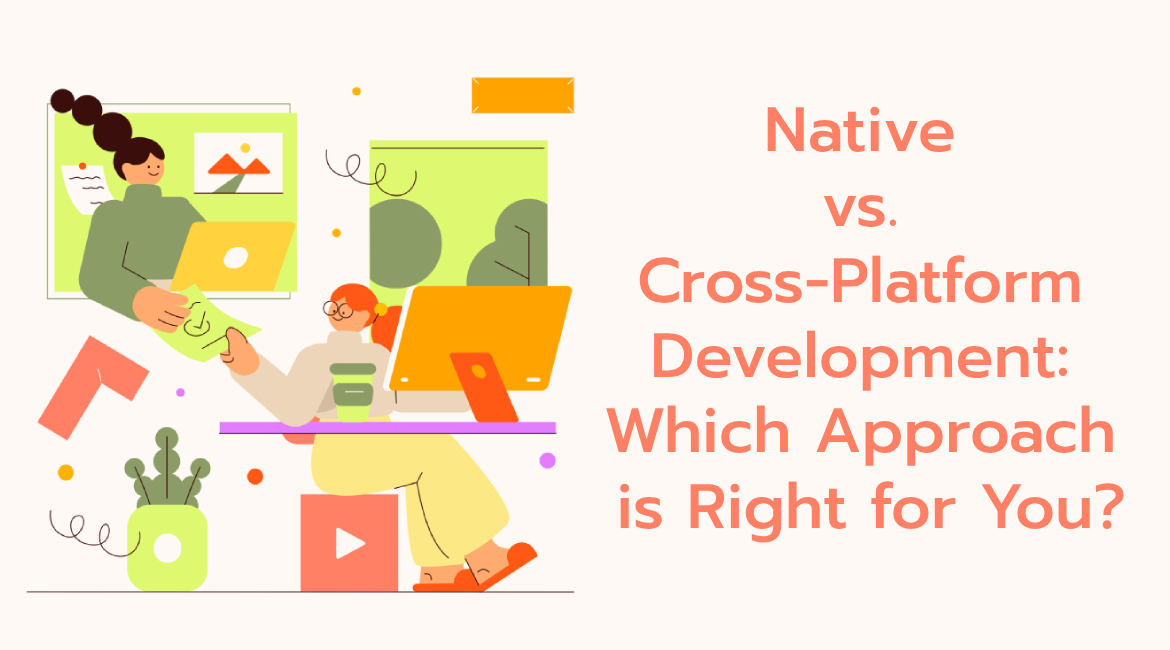The landscape of mobile application development has undergone a profound transformation over the past decade. From simple utility apps to sophisticated ecosystems that power our daily lives, mobile applications have evolved at an unprecedented pace. As we stand at this technological crossroads in 2025, a new revolution is underway with the emergence of agentic AI, promising to redefine how we conceptualize, develop, and interact with mobile applications. This article explores the journey of mobile app development over the last decade and examines how agentic AI is poised to shape its future.
01. The Past Decade: A Transformation Journey
From Native to Cross-Platform Development
Ten years ago, mobile app development was predominantly native, requiring separate codebases for iOS and Android platforms. Developers had to master Objective-C (later Swift) for iOS and Java (later Kotlin) for Android. This bifurcated approach created significant challenges:
- Higher development costs
- Extended timelines
- Difficulty maintaining feature parity across platforms
- Specialized teams for each platform
The rise of cross-platform frameworks revolutionized this landscape. React Native (introduced by Facebook in 2015), Flutter (by Google in 2017), and other frameworks enabled developers to write once and deploy across multiple platforms. This transition reduced development costs by up to 40% and accelerated time-to-market significantly.
02. The API Economy
APIs transformed from supplementary tools to the backbone of mobile applications. The API-first approach became standard practice, enabling:
- Microservices architecture adoption
- Seamless third-party integrations
- Enhanced scalability and flexibility
- Backend-as-a-Service (BaaS) platforms
The proliferation of APIs created an ecosystem where mobile apps became increasingly interconnected, drawing functionality from specialized services rather than building everything in-house.
03. Cloud Integration
Cloud services evolved from simple storage solutions to comprehensive development environments:
- Serverless architectures reduced infrastructure management needs
- Cloud-based CI/CD pipelines streamlined development workflows
- Real-time database solutions like Firebase enabled instantaneous data synchronization
- Edge computing capabilities brought processing closer to end-users
This shift democratized app development, allowing smaller teams to build and scale sophisticated applications previously only possible for large enterprises.
- UI/UX Revolution
- Mobile app interfaces transformed dramatically
- Skeuomorphic designs gave way to flat, minimalist interfaces
- Micro-interactions and subtle animations became standard
- Dark mode and adaptive designs improved accessibility
- Gesture-based navigation replaced buttons and tabs
The focus shifted from feature richness to user experience, with successful apps distinguished by their intuitive interfaces rather than feature lists.
- Monetization Strategies
- Business models evolved beyond the initial pay-to-download approach:
- Freemium models became dominant
- Subscription-based revenue streams gained popularity
- In-app purchases surpassed upfront payments
- Ad-based monetization became more sophisticated with targeted approaches
This evolution democratized access to apps while enabling sustainable business models for developers.
04. Development Process
The methodologies behind app development underwent significant changes:
- Agile and DevOps practices became standard
- Continuous integration and delivery shortened release cycles from months to weeks or days
- A/B testing and feature flags enabled data-driven development decisions
- User feedback loops tightened with beta testing programs and analytics integration
The result was a more responsive development approach that could quickly adapt to user needs and market changes.
05. The Present: AI Integration
In recent years, AI has increasingly found its way into mobile applications:
- Machine learning models for personalization
- Natural language processing for enhanced user interfaces
- Computer vision for augmented reality experiences
- Predictive analytics for anticipating user needs
These AI capabilities have primarily functioned as features within traditional app structures rather than fundamental shifts in how apps are conceived and built.
06. The Future: Agentic AI Revolution
The emergence of agentic AI—artificial intelligence systems that can perceive, reason, and act autonomously to achieve goals—represents a paradigm shift for mobile application development.
- Reimagining Development Processes
- Agentic AI is transforming how apps are built
- AI-assisted code generation can produce entire functional components from natural language descriptions
- Intelligent debugging tools can identify and fix issues before they reach users
- Automated testing can simulate countless user scenarios beyond manual testing capabilities
- Design systems can generate UI components based on brand guidelines and user behavior patterns
These capabilities are reducing development time by up to 70% while improving code quality and consistency.
07. Self-Evolving Applications
Traditional apps require developer intervention for updates and improvements. Agentic AI enables:
- Runtime adaptation to user behavior without explicit programming
- Dynamic interface adjustments based on usage patterns
Automatic feature prioritization according to user engagement - Continuous optimization of performance without version updates
- Automated testing can simulate countless user scenarios beyond manual testing capabilities
- Design systems can generate UI components based on brand guidelines and user behavior patterns
This shift means applications are becoming living entities that evolve with their users rather than static products requiring periodic updates
- Hyper-Personalization
- Personalization is advancing beyond simple preference settings
- Apps can adapt their entire functionality based on individual user contexts
- Interfaces can reorganize themselves based on usage patterns
- Content and features can proactively surface based on predictive models
- Interaction models can adjust to cognitive and physical accessibility needs
The result is experiences that feel bespoke to each user rather than one-size-fits-all solutions.
08. Autonomous Problem-Solving
Agentic AI enables applications to:
- Diagnose and resolve performance issues without user intervention
- Predict and prevent potential security vulnerabilities
- Optimize resource usage based on device capabilities and network conditions
- Automatically accommodate for API changes or third-party service disruptions
This autonomy means fewer disruptions and a more reliable experience for users.
09. Natural Interfaces
- The interaction model is evolving beyond screens and touch
- Conversational interfaces that understand context and intent
- Multimodal interactions combining voice, gesture, and traditional inputs
- Ambient computing capabilities that respond to environmental cues
- Emotion-aware responses that adapt to user sentiment
These changes are making technology more accessible and integrating it more seamlessly into daily life.
10. Development Democratization
The barrier to entry for app development is diminishing:
- No-code and low-code platforms enhanced by agentic AI enable non-developers to create sophisticated applications
- Business logic can be expressed in natural language and translated to functional code
- Visual programming interfaces allow complex workflows to be designed intuitively
- Automated documentation and knowledge transfer reduce dependency on original developers
This democratization is expanding who can participate in digital creation and innovation.
11. Challenges and Considerations
The agentic AI revolution in mobile development brings significant challenges:
- Ethical Implications
- Privacy concerns as apps become more perceptive and data-hungry
- Transparency issues when algorithms make autonomous decisions
- Potential for amplifying biases present in training data
- Questions of agency and control between users, developers, and AI systems
This democratization is expanding who can participate in digital creation and innovation.

Technical Hurdles
- On-device processing limitations for sophisticated AI models
- Energy consumption concerns with continuous AI processing
- Integration complexities with existing systems and frameworks
- Standardization needs for interoperability between AI-driven components
Skill Transformation
- Developers need to evolve from coding experts to AI orchestrators
- Design thinking must expand to include AI capabilities and limitations
- Testing methodologies must adapt to non-deterministic behaviors
- Project management approaches must accommodate AI-driven development cycles
The last decade has witnessed mobile application development transform from a specialized technical discipline to a more accessible, integrated part of the digital ecosystem. As we move forward with agentic AI, we are not simply seeing an evolution of existing paradigms but a fundamental reimagining of what applications are and how they function.
The future mobile application won't be a static product but an evolving digital partner that understands its users, adapts to their needs, and operates with increasing autonomy.
For developers, businesses, and users alike, this shift promises unprecedented opportunities alongside significant challenges.
Organisations that embrace this transformation—understanding both its technical implications and its human dimensions—will be positioned to create the next generation of mobile experiences that are more intuitive, personal, and impactful than anything we’ve seen before.




